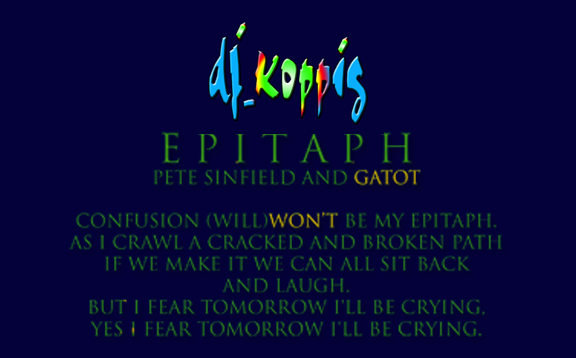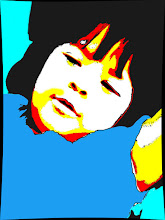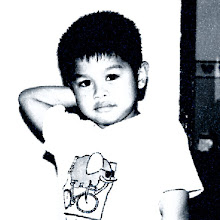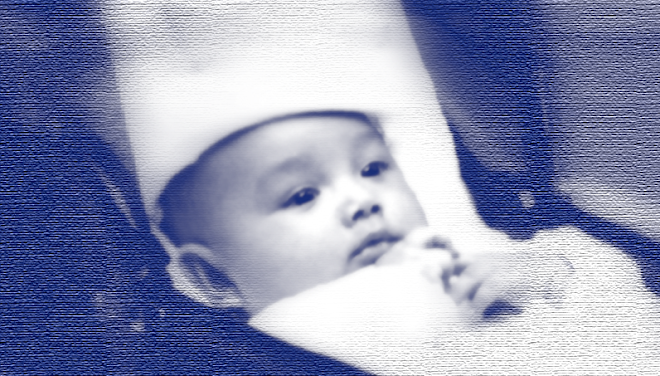 Ruth Is Stranger Than Richard is the third solo album by Robert Wyatt.
Ruth Is Stranger Than Richard is the third solo album by Robert Wyatt.The follow-up to Rock Bottom, recorded either during or shortly after the sessions for that album, Ruth... is actually a collection of material Wyatt had written earlier in his career. Like its predecessor, the album was produced by Nick Mason of Pink Floyd and once again features a host of Wyatt's Canterbury scene musical colleagues, including Fred Frith.
The album contains several pieces which recall the complexity and despair of Rock Bottom, but much of the record echoes the relaxed, almost jokey feel of earlier Wyatt efforts such as The End of an Ear or his work with Matching Mole. This becomes evident from the choice of title (a pun on "truth is stranger than fiction") onwards; the two sides of the original LP release were not labelled "Side A" and "Side B", but rather "Side Ruth" and "Side Richard", the implication being that Side B was less outlandish than Side A. True to his word, Wyatt punctuated the three "serious" pieces on Side A/Ruth - the beautiful ballad "Solar Flares", "5 Black Notes And 1 White Note" (a funereal instrumental, supposedly a cover of Jacques Offenbach's Bacarolle, which degenerates into a series of noises somewhere between free jazz and electronic noise) and the piano-led Rock Bottom-esque Fred Frith collaboration "Muddy Mouth" — with a series of brief, nonsensical interludes featuring only sparse piano accompaniment and some very strange high-pitched yelping vocals under the collective title "Muddy Mouse".
The songs on Side B/Richard all have more traditional structures; the rollicking "Soup Song", written several years earlier, has the air of a pub singalong. The remaining songs are all covers or collaborations; the lengthy Mongezi Feza trumpet piece "Sonia", featuring a guest appearance by Feza himself (as do a number of other songs on the album) in the last year of his life, "Team Spirit" — written with Phil Manzanera, who would include the same song on his album Diamond Head under the title "Frontera" — and a straight cover of "Song for Che" by Charlie Haden round off the album.
For me is also essential just like Rock Bottom.
Track Listings
1. Muddy Mouse (0:50)
2. Solar Flares (5:35)
3. Muddy Mouse (0:50)
4. 5 Black Notes and 1 White Note (4:58)
5. Muddy Mouse (6:11)
6. Soup Song (5:00)
7. Sonia (4:12)
8. Team Spirit (8:26)
9. Song for Ché (3:36)
Total Time: 39:38
Line-up/Musicians
- Robert Wyatt / vocals, keyboards, drums
- Bill MacCormick / bass
- Laurie Allan / drums
- Gary Windo / tenor saxophone, alto saxophone, bass clarinet
- Nisar Ahmad Khan / tenor saxophone, baritone saxophone, soprano saxophone
With:
- Fred Frith / piano
- Brian Eno / guitar, synthesizer
- Mongezi Feza / trumpet
- John Greaves / bass






































